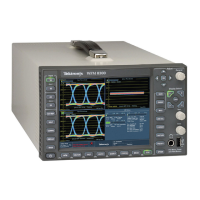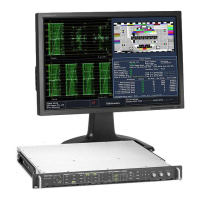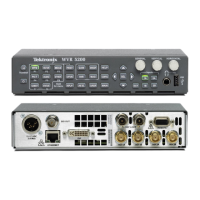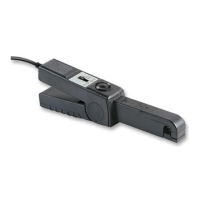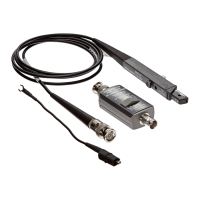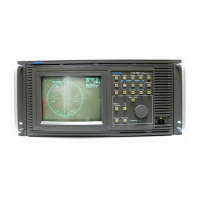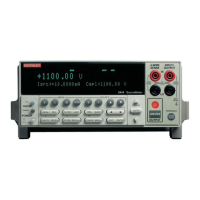Timing Display
Timing Pop-up Menu
Once you have selected Timing Measure from the STATUS button pop-up menu, pop-up menu enables you to save a timing
setting for comparison with another signal and specify the zero point of the timing display.
To save the timing of the current input as an offset to the timing display, use the Save Offset menu entry. The current timing
becomes the zero point for the saved offset mode of the timing display. This applies to both the cross-hair target in the
middle of the display and the numeric readouts.
NOTE. You cannot save the timing offset if either the input or reference is missing or unlocked. You also cannot save a
reference w hen in internal mode. Saving an offset in these conditions would lead to misleading results so it is not allowed by
the i nstrument. A warning message will appear on the screen if you attempt to save the offset when it is not allowed.
Save Offset allows y ou to measure the timing between inputs or to match multiple signals. To select the definition for the zero
timing offset, use the Relative To: menu entry to select one of the following:
Rear Pa nel means the timing offset will be shown as zero when the two signals are timed down at the rear of the
instrument.
Saved Offset means that the timing will be shown as zero offset when the input signal matches the timing of the signal
that was present when the offset was saved using the Save Offset menu entry.
This selection changes both the numeric readouts and the target in the middle of the timing display.
Timing Displays for Simple Compared to Complex Timing
The num
ber of circles, with each representing a time offset, varies with the complexity of the timing between the reference
and input signals.
Integer m ultiples of reference rates. If you are timing input signals with rates that are integer multiples of the reference
rates, the instrument can measure the timing deterministically and displays the relationship as one circle (offset) relative
to the cross-hair. (See Figure 2.)
Figure 2: Timing display of integer multiples of reference rates
40 WFM4000 and WFM5000 Waveform Monitors User Manual

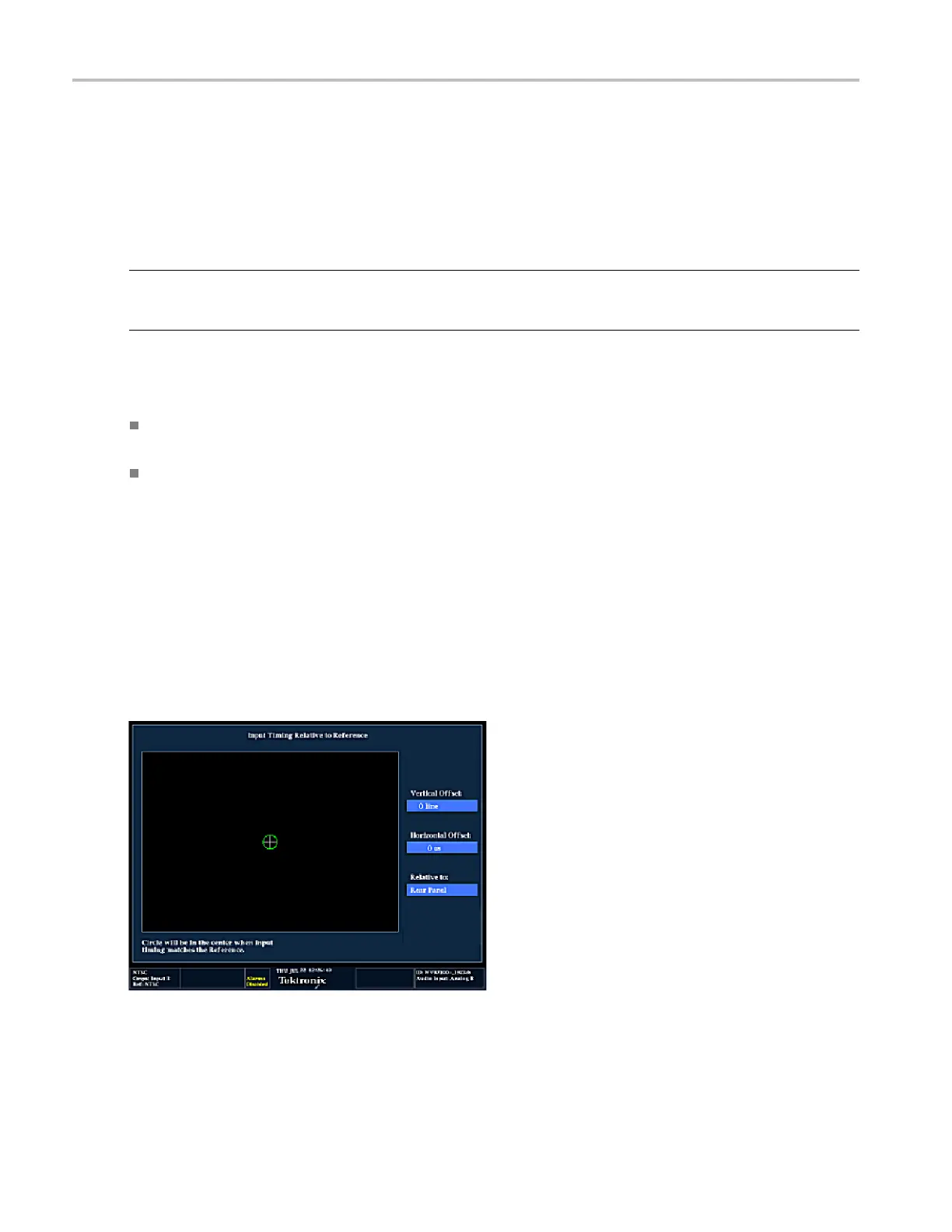